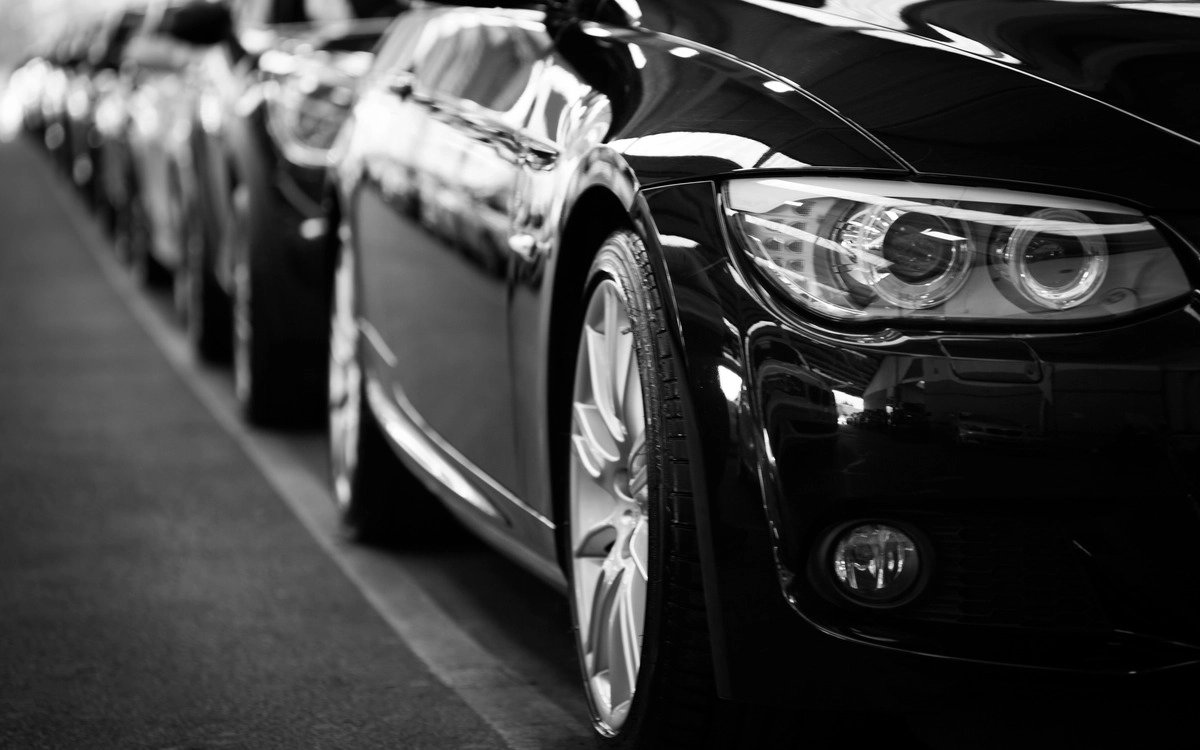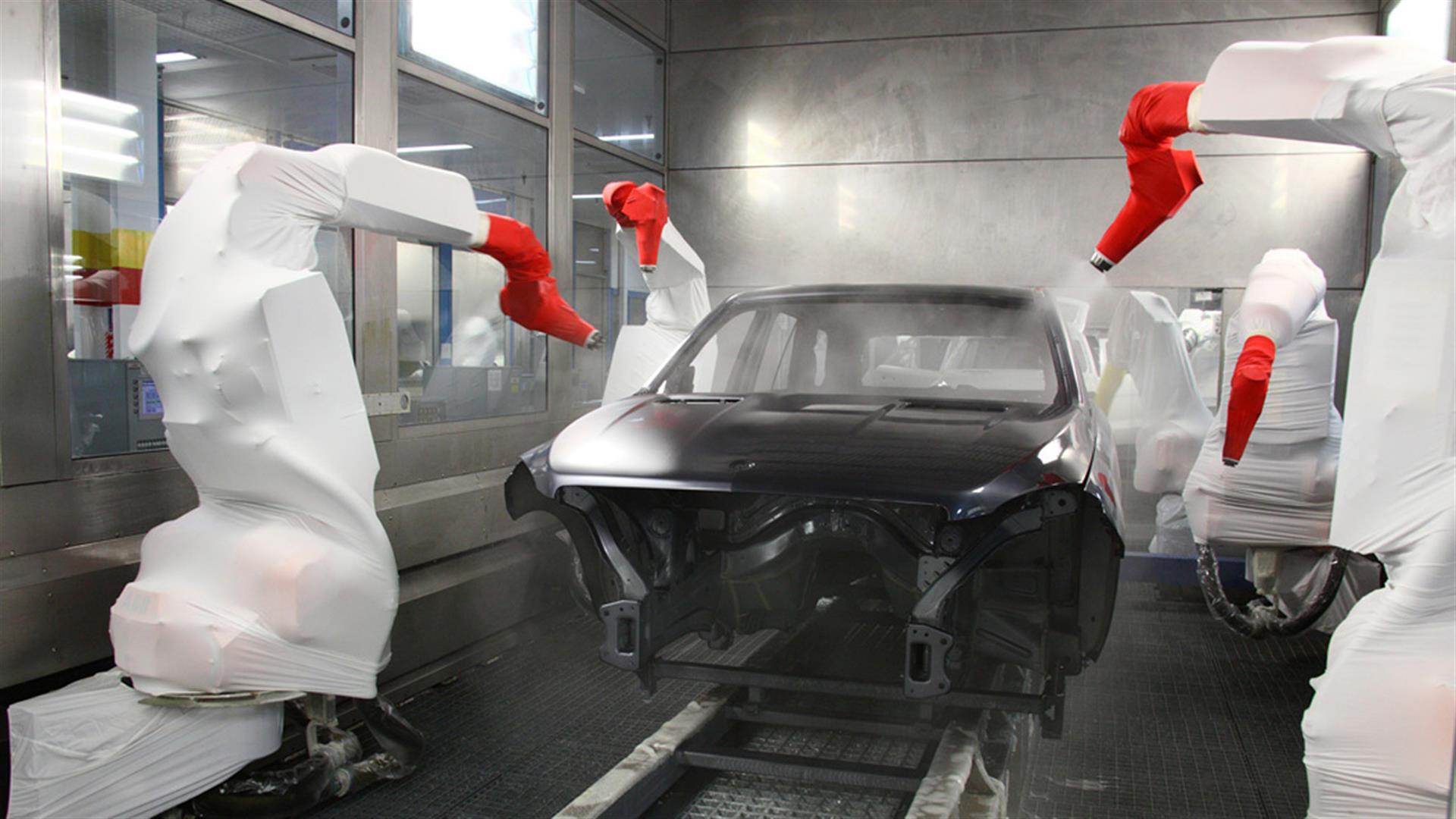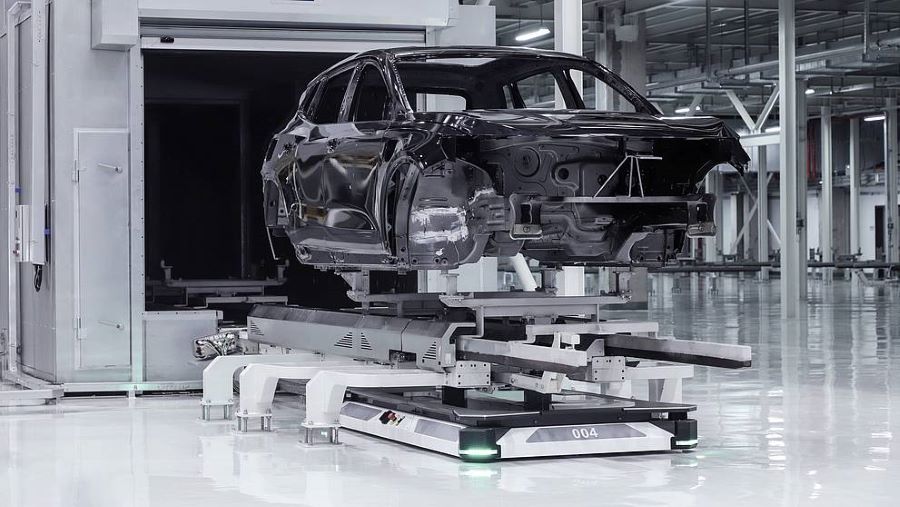When it comes to car maintenance and aesthetics, ensuring a flawless paint job is crucial. For industry QA professionals, understanding how to detect and rectify imperfections such as orange peel is essential. This guide delves into the intricacies of paint imperfections, providing detailed insights and techniques for effective detection and resolution.

What Are Paint Imperfections?
Paint imperfections on cars are surface irregularities that can affect the vehicle’s appearance and value. These flaws can be caused by various factors, from the painting process itself to environmental influences during the curing stage.
Types of Paint Imperfections
Understanding Orange Peel
Orange peel is a common issue where the paint surface appears bumpy, resembling the texture of an orange’s skin. This typically occurs due to improper paint application, incorrect spray gun settings, or insufficient drying time.
Other Common Imperfections
Besides orange peel, other paint imperfections include blistering, fisheyes, runs and sags, and contaminants. Each of these flaws has distinct characteristics and requires specific detection and correction techniques.
Causes of Paint Imperfections
Several factors can lead to paint imperfections. Understanding these causes can help in preventing and addressing these issues effectively.
Application Errors
Improper paint application, such as incorrect spray gun settings, inadequate curing time, or poor surface preparation, can result in various imperfections, including orange peel.
Environmental Factors
External elements like dust, humidity, and temperature fluctuations can impact the paint job, leading to defects.
Detecting Orange Peel and Other Imperfections
Detecting orange peel and other paint imperfections early can save time and resources. Here are some effective methods:
Visual Inspection
A thorough visual examination under adequate lighting can help identify surface irregularities.
Touch Test
Running your fingers gently across the painted surface can help detect bumps, roughness, and other inconsistencies.
Advanced Tools
Using tools like gloss meters, profilometers, and specialized lighting can provide more accurate detection of imperfections.
Preventing Paint Imperfections
Prevention is better than cure. Adopting best practices during the painting process can significantly reduce the occurrence of imperfections.
Proper Surface Preparation
Ensure the vehicle’s surface is clean, smooth, and free of contaminants before applying paint.
Optimal Spray Gun Settings
Adjusting the spray gun according to the manufacturer’s recommendations can help avoid common issues like orange peel.
Rectifying Paint Imperfections
If you do encounter paint imperfections, there are effective methods to address them and restore the vehicle’s finish.
Sanding and Polishing
Using fine-grit sandpaper followed by polishing can smooth out bumps and achieve a glossy finish.
Reapplication of Paint
In severe cases, repainting the affected area may be necessary to eliminate imperfections.
High-Speed Genetic Analysis Wafer Polishing Semiconductor Inspection 
Frequently Asked Questions (FAQs)
What causes orange peel in car paint?
Orange peel is often caused by improper paint application, such as incorrect spray gun settings or insufficient drying time.
Can orange peel be fixed?
Yes, orange peel can be fixed using sanding and polishing techniques or by repainting the affected area.
How can I prevent paint imperfections?
Preventing paint imperfections involves proper surface preparation, optimal spray gun settings, and controlling environmental factors.
